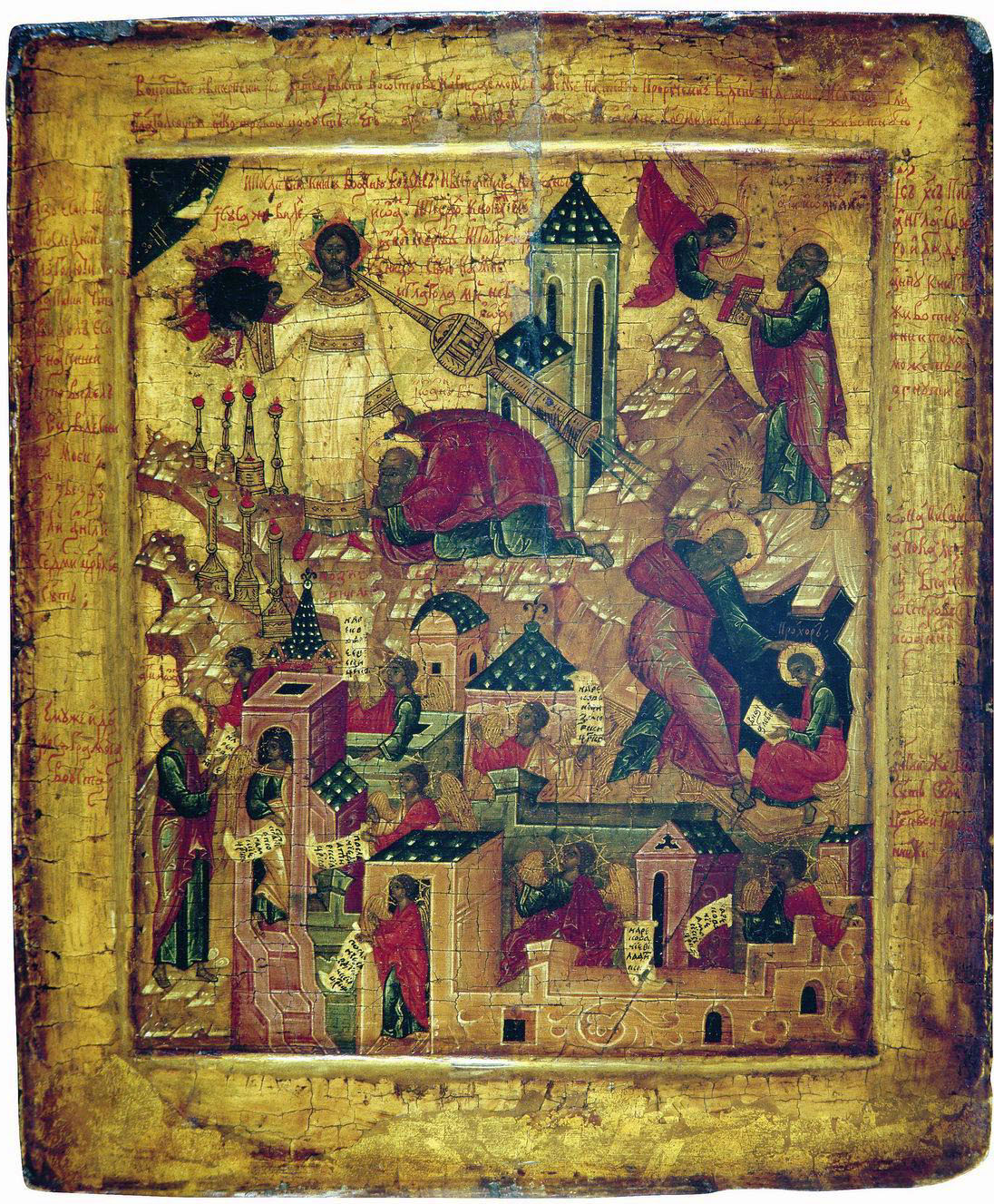
Although the specifics, believers, and times have changed, over the years this theme of the "end of the world" has been repeated. Other religious groups have also formed beliefs about the end of the world. In Hindu mythology it is believed that the lord Vishnu will destroy the world. Norsemen believed the world would end in a battle of the gods called Ragnarok.
The end of the world is often depicted in fiction work. Numerous works of literature have been written about post-apocalyptic life on earth. The catastrophic events written about can be anything from alien invasion to nuclear war. Modern films have often depicted these same fictitious end of days. Movies such as I Am Legend, The Day After Tomorrow, and 28 Days Later have become popular.
While the theme of the apocalypse has kept showing up, it has changed with the events in history. After the invention of nuclear weapons man was fearful of the damage that could be done with this weapon. In America in the 1950's some homes were built with concrete to insure a safe home. In the years leading up to 2000 the fear of a technological break down led people to stock up on food and prepare for pandemonium. The movie The Day After Tomorrow even parallels the fear of global warming.
All of these beliefs, different as they are, all stem from one thing. Fear. Man has always been fearful of the unknown. The people of medieval times were even less knowledgeable about the mysteries of mother nature, God, and the threat of their fellow man. Fear is as prominent in our culture today as it was in the medieval times. The illiterate of that time period are the uninterested of today. People believed what they were told, believed there was something to fear, because they could not read. The only information they received was from the art from monks of the Christian church. Today, although more people can read and write, the motivation to seek knowledge is deteriorating. People believe the biased news shows and the information the government feeds us. Today we are conditions to be fearful of our fellow man. We are led to believe we will be attacked as a country, we are led by fear.

No comments:
Post a Comment